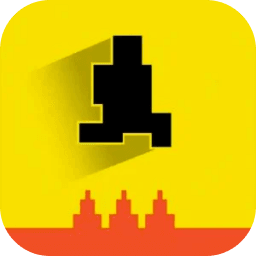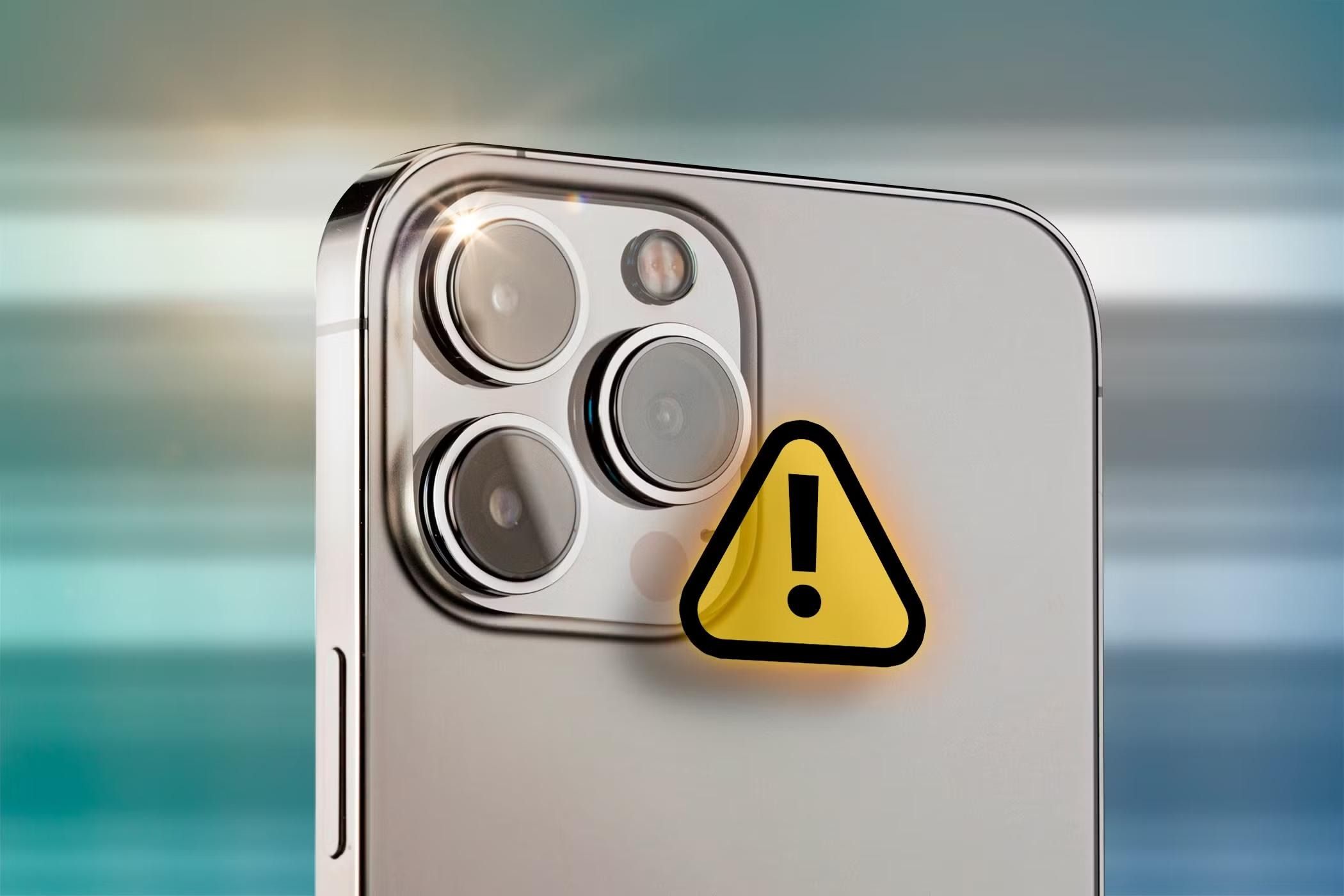

Are you experiencing issues with your iPhone’s back camera? Don’t worry, you’re not alone. Many iPhone users encounter problems with their camera at some point. Let’s learn more about this topic below with Level Devil. In this comprehensive guide, we’ll explore various fixes for when your iPhone’s back camera isn’t working properly, helping you get back to capturing life’s precious moments.
Before we dive into the solutions, it’s essential to understand the common problems that can affect your iPhone’s back camera. These issues can range from software glitches to hardware malfunctions. Some users report a black screen when opening the camera app, while others experience blurry or distorted images. In some cases, the camera may fail to focus or struggle in low-light conditions. By identifying the specific problem you’re facing, you can better target your troubleshooting efforts and find the most effective solution.
It’s worth noting that camera issues can occur on any iPhone model, from the latest iPhone 14 Pro to older versions like the iPhone 8 or SE. While newer models boast more advanced camera systems, they can still encounter problems due to software bugs, physical damage, or wear and tear over time. Understanding these potential causes can help you approach the troubleshooting process with a more informed perspective.
Now that we’ve established a foundation for understanding iPhone camera issues, let’s explore some effective fixes that can help resolve these problems and get your back camera working again.
Many camera issues on iPhones can be resolved through software-based solutions. These fixes are often quick, easy to implement, and don’t require any technical expertise. Let’s explore some of the most effective software-based troubleshooting methods.
Sometimes, the simplest solution is the most effective. Restarting your iPhone can resolve many software-related issues, including camera problems. This process clears temporary data and refreshes the system, potentially fixing any glitches affecting the camera. To restart your iPhone, press and hold the power button (or the side button and volume button on newer models) until the “slide to power off” slider appears. Slide to turn off your device, wait a few seconds, then press and hold the power button again to turn it back on.
Apple regularly releases iOS updates that include bug fixes and performance improvements. These updates can often resolve camera issues caused by software glitches. To check for updates, go to Settings > General > Software Update. If an update is available, download and install it. It’s always a good idea to back up your iPhone before updating to prevent data loss.
If restarting and updating don’t solve the problem, you can try resetting all settings on your iPhone. This process won’t erase your data but will reset all system settings to their default values. To do this, go to Settings > General > Reset > Reset All Settings. Enter your passcode when prompted, and confirm the action. After the reset, you may need to reconfigure some of your preferences, but this can often resolve persistent software issues affecting the camera.
Sometimes, camera issues can be caused by incorrect app permissions. Ensure that the camera app and any third-party apps you use have the necessary permissions to access your iPhone’s camera. Go to Settings > Privacy > Camera and verify that the toggle switches for relevant apps are turned on. If you’ve recently installed a new app that uses the camera, try disabling its permissions temporarily to see if it resolves the issue.
If software-based solutions don’t resolve your iPhone’s back camera issues, the problem may be hardware-related. While some hardware issues require professional repair, there are a few things you can try on your own to potentially fix the problem.
A dirty or smudged camera lens can cause blurry or distorted images. Gently clean the lens using a soft, lint-free cloth. Avoid using abrasive materials or cleaning solutions, as these can damage the lens coating. For stubborn dirt or smudges, slightly dampen the cloth with distilled water or lens cleaner specifically designed for electronic devices. Be careful not to let any moisture enter the phone’s openings.
In some instances, phone cases or screen protectors can interfere with the camera’s functionality, especially if they’re not properly aligned or are of low quality. Remove your iPhone’s case and screen protector to see if this improves the camera’s performance. If the camera works better without these accessories, consider replacing them with higher-quality alternatives that are specifically designed for your iPhone model.
Inspect your iPhone for any signs of physical damage, particularly around the camera area. Look for cracks, dents, or other visible damage that could be affecting the camera’s performance. If you notice any damage, it’s best to consult with an Apple-authorized service provider or visit an Apple Store for professional assessment and repair.
If you’ve tried the above solutions and your iPhone’s back camera is still not working properly, it may be time to consider more advanced troubleshooting methods or seek professional assistance. Here are some additional steps you can take and signs that indicate it’s time to consult an expert.
As a last resort before seeking professional help, you can try restoring your iPhone to its factory settings. This process will erase all data and settings on your device, so it’s crucial to create a backup before proceeding. To restore your iPhone, connect it to a computer with iTunes or Finder (on macOS Catalina or later), select your device, and choose the “Restore iPhone” option. Follow the on-screen instructions to complete the process. After restoring, set up your iPhone as new and test the camera to see if the issue is resolved.
Sometimes, the problem may be specific to the native Camera app. Try using third-party camera apps from the App Store to see if they can access and use your iPhone’s back camera successfully. Popular options include Halide, ProCam, and Camera+. If these apps work without issues, it suggests that the problem may be software-related and specific to the native Camera app.
Excessive heat can cause various issues with your iPhone, including camera malfunctions. If your device feels unusually warm, especially after prolonged use or exposure to direct sunlight, allow it to cool down before attempting to use the camera again. Avoid using your iPhone in extremely hot environments, and consider removing the case temporarily if overheating is a recurring issue.
If you’ve exhausted all the troubleshooting methods mentioned above and your iPhone’s back camera is still not functioning correctly, it’s time to seek professional assistance. Here are some signs that indicate you should consult an expert:
. Persistent hardware issues: If you notice physical damage or suspect internal hardware problems, it’s best to have your iPhone examined by a professional.
. Warranty coverage: If your iPhone is still under warranty, contact Apple Support or visit an Apple Store to explore your repair or replacement options.
. Complex software issues: If you’ve tried all software-based solutions and the problem persists, a more in-depth diagnosis may be required.
. Camera app crashes: If the Camera app consistently crashes or freezes, it could indicate a more serious underlying issue that requires expert attention.
. Multiple camera features affected: If various camera features (e.g., flash, focus, HDR) are simultaneously malfunctioning, it’s likely a complex issue that needs professional assessment.
Remember, attempting to repair hardware issues on your own can potentially cause further damage and void your warranty. When in doubt, it’s always better to consult with an Apple-authorized service provider or visit an Apple Store for accurate diagnosis and proper repair.
In conclusion, dealing with a malfunctioning iPhone back camera can be frustrating, but there are numerous solutions you can try before resorting to professional repair. By following the troubleshooting steps outlined in this guide, you can potentially resolve many common camera issues and get back to capturing high-quality photos and videos with your iPhone. Remember to approach the process methodically, starting with simple software-based solutions before moving on to more advanced troubleshooting techniques.